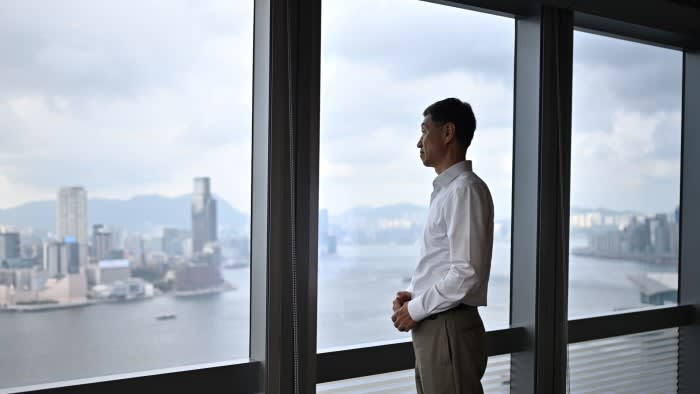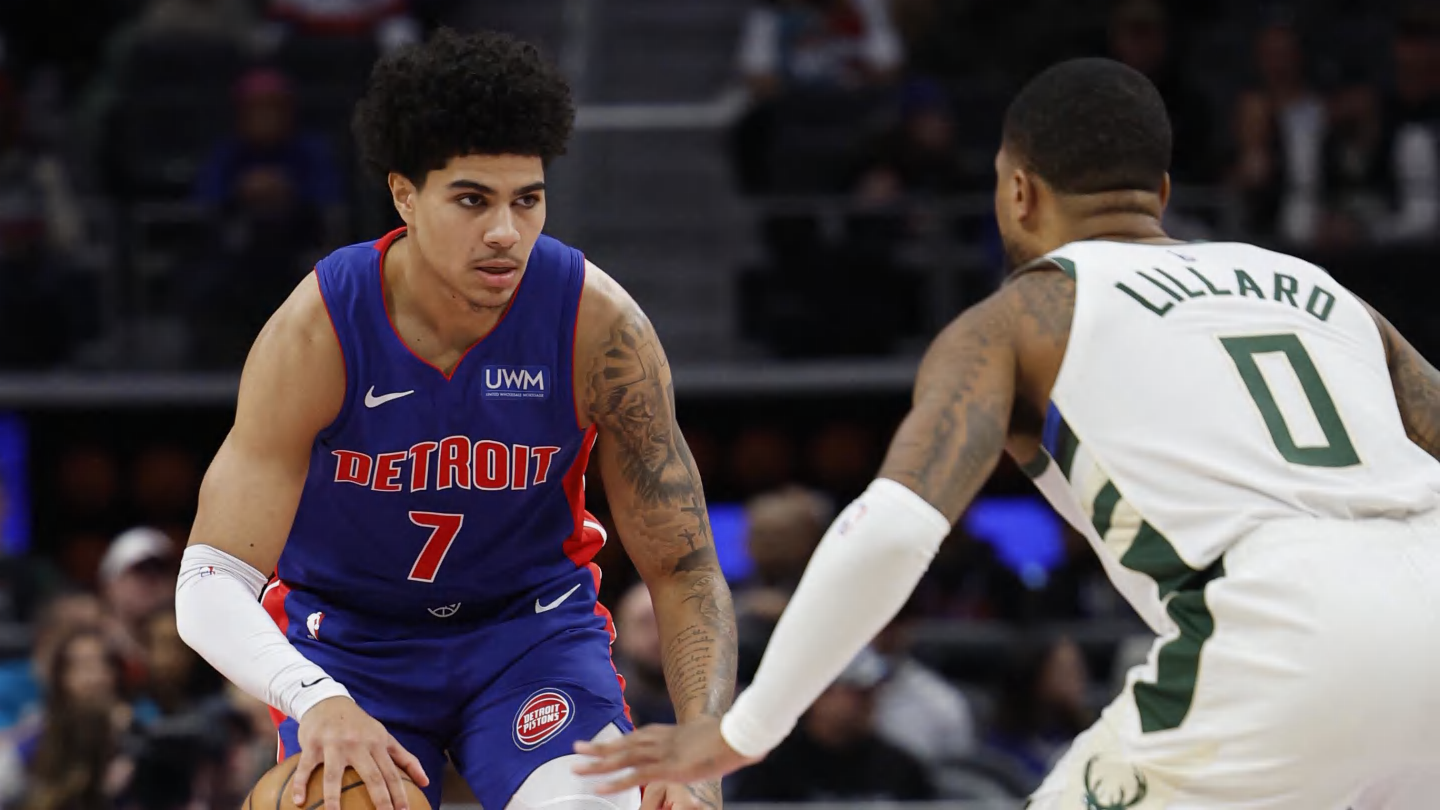The Abu Dhabi Investment Authority is seeking to capitalise on western investors’ retreat from China by offering to buy at a discount their stakes in funds managed by Hong Kong-based PAG.
The move from Abu Dhabi’s main sovereign wealth fund, described by four people with knowledge of the matter, is a sign of how some Gulf investors are looking to snap up bargains as US-based investors cut their China exposure.
“It’s a transition from US investors who [previously] favoured China, towards Middle Eastern investors that don’t have the same concerns they do,” a person briefed on the plans said.
PAG, in which Blackstone has a minority stake, built a reputation for offering global investors access to deals in China, using connections forged by its chair Weijian Shan, who has a seat on Alibaba’s board.
One of Asia’s biggest private equity groups, managing more than $55bn, its investors include state pension schemes in California, Texas, Florida and Iowa as well as investment funds in Canada, Australia and across Europe.
It has faced difficulties raising a new fund since Shan criticised Beijing in 2022. PAG filed for a $2bn initial public offering in 2022 in a deal that would have valued it at up to $15bn, but the listing has not materialised.
Four of PAG’s five largest deals since 2019 have been in China, according to figures from the London Stock Exchange Group. They include investments in Dalian Wanda’s shopping mall operator, Zhuhai Wanda, and online video platform IQIYI.
As of June last year, two of the funds that Adia is offering to buy stakes in — which were raised in 2015 and 2018 — had returned just 53 per cent and 13 per cent of the amounts investors had paid in, according to filings from Calstrs, a US teachers’ pension scheme. PAG’s first buyout fund, raised in 2012, had given investors 1.8 times the money they paid in by the same date.
Buyout funds typically aim to hand back investors’ cash, plus returns, within a decade.
PAG, which invests across Asia including in credit and real estate as well as private equity, had raised roughly $3bn for its planned new fund by the beginning of this year, according to four people with knowledge of the situation. Two of those people said it previously told investors it aimed to close the fundraising by the end of 2023.
Its original target for the fund was $9bn, according to Reuters. It had raised just $2.2bn by March last year, according to filings to the US Securities and Exchange Commission.
Under the deal, Adia — which has a long-standing relationship with PAG — would offer to buy investors’ stakes in PAG funds at a discount, in a transaction that the buyout firm would facilitate. The investors could choose whether to sell their stakes.
One PAG investor said the buyout group had brokered the Adia deal to provide a chance for others to exit because “they want [investors] who are committed to ongoing investment in China, which a lot of US and European [groups] are not”.
Adia declined to comment. PAG did not respond to repeated requests to comment. In early March a PAG spokesman said it was “definitely incorrect” to say it had raised $3bn, adding: “We can’t give a number as yet because the fund hasn’t closed.”
Pension funds and other investors in the US are increasingly wary of investing in China. Geopolitical tensions have triggered US restrictions on investments there while a crackdown from Beijing has made it harder to list Chinese companies overseas.
A chunk of the money in two of the PAG funds is tied up in the Chinese industrial gases company AirPower Technologies, which PAG originally backed in 2017, the people said. PAG has agreed to sell AirPower, but regulators have not yet approved the sale, they added.



































